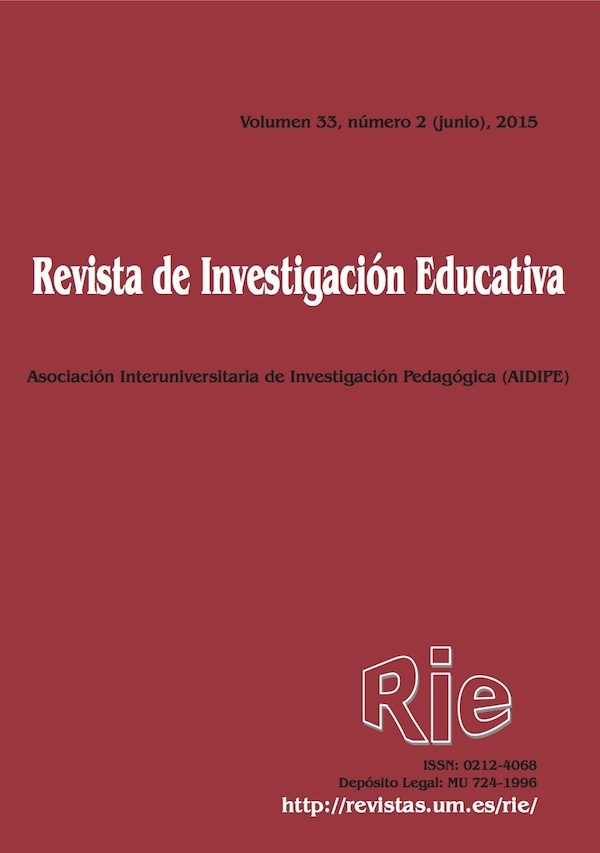Problematic and aggressive use of ICT in adolescents involved in cyberbullying
Abstract
Youth deals with several online risks like problematic use of technologies and cyberbullying. This study analyses both problems in a representative sample of 1914 primary, secondary and high school adolescents. Results show 8% prevalence of cyberbullying, and high levels of anxiety, aggressiveness and interests’ changes related with problematic technologies use in cyberbullies and cybervictims with respect to not people involved. Both groups involved report recent episodes of cyberbullying but in a low level frequency, with call names, threats and harassment as the most common types, and WhatsApp and social networks as the most tool used for. Influence of sex and school level is also analyzed. In conclusion, the knowledge of both problems from bullies and victims’ perception might help to identity and prevent future experiences.
Downloads
-
Abstract5425
-
PDF (Español (España))2845
The articles and scientific documents published in RIE abide the following conditions:
1. The Servicio de Publicaciones de la Universidad de Murcia (the publisher) has the property rights (copyright) of all the documents published and allows the reuse under the user’s license indicated in point 2.
2. All documents are published in the digital edition of RIE under a Creative Commons Reconocimiento-NoComercial-SinObraDerivada 4.0 Internacional. (legal document) license. These documents can be copied, used, distributed, communicated and explained publicly if: i) the author(s) and its original source of publishing (magazine, publisher and URL of the document) are cited; ii) it is not used for commercial purpose; iii) the existence and the specifications about this license are mentioned.
3. Auto-archive’s conditions. The authors are allowed and encouraged to digitally distribute the pre-print versions (a version before evaluation) and/or post-print (a version that it is already evaluated and accepted to its publication). This promotes circulation and distribution earlier and can increase the citations and significance within the academic community.









